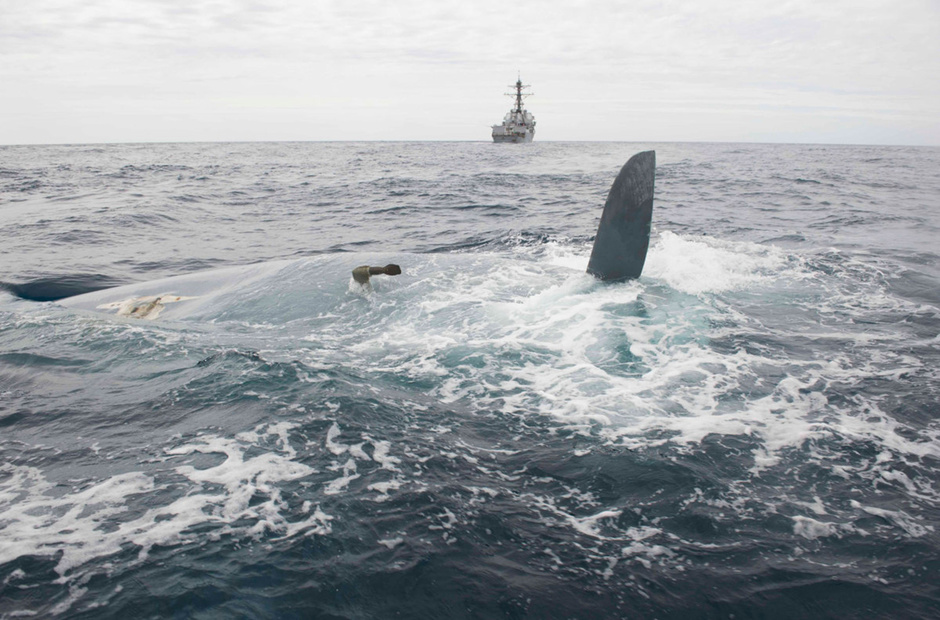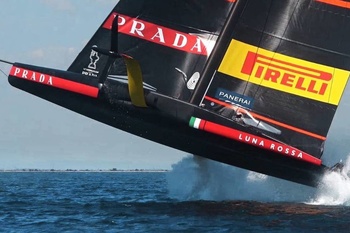How many times in recent years have we heard that a sailboat has lost its keel and sunk? Each of us can remember a couple or three of those cases: Bavaria Match 42 in 2005, Beneteau First 40.7 Cheeki Rafiki in 2014, Oyster 825 Polina Star III in 2015. The worst part is that this is just the tip of the iceberg. Paolo Pernao on his Interesting Sailboats blog gives a frighteningly long list: Bavaria 390, Jeanneau 37, Vand de Stadt 45, Sweden yachts 42, Fast 42, Maxi 110, Max Fun 35, Comet 45 and - just a month ago - Davidson 50.
The seriousness of the keel situation is reflected in the fact that even the International Sailing Federation of World Sailing has paid attention to this problem and is looking for ways to regulate it legally.
This is only part of the cases that the World Sailing working group managed to gather. The list includes mostly expensive high profile boats. God only knows how many more of these incidents have not been reported and described.
Some of the documented cases of loss of the keel are due to a boat collision with the ground or underwater objects, while others are due to poor design and poor assembly, as was the case with the Bavaria Match 42, a modified version of the Oyster 825 or Max Fun 35.
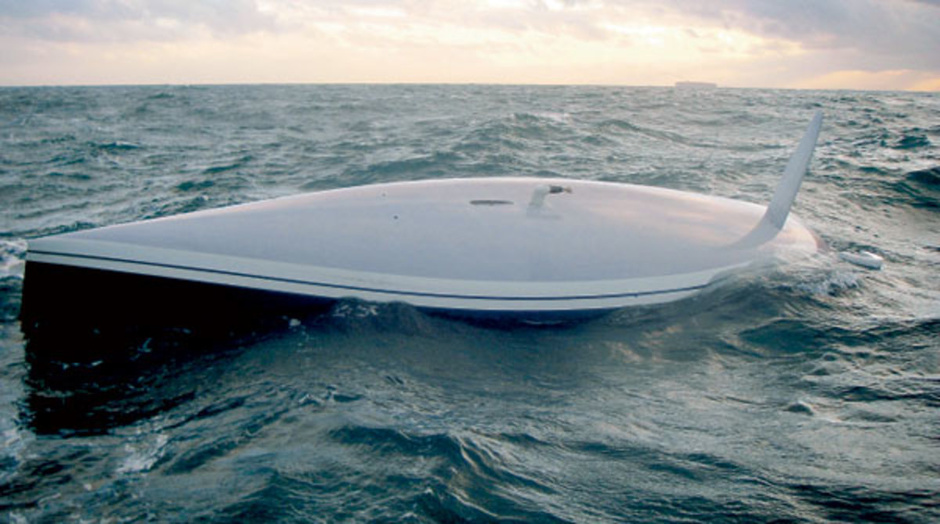
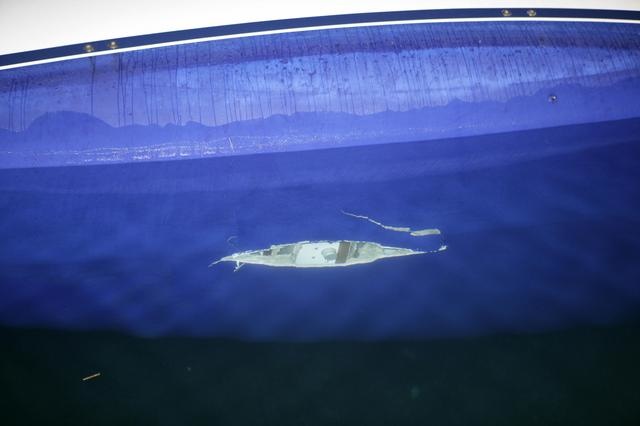
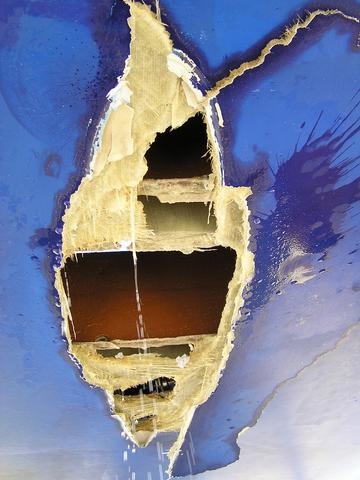
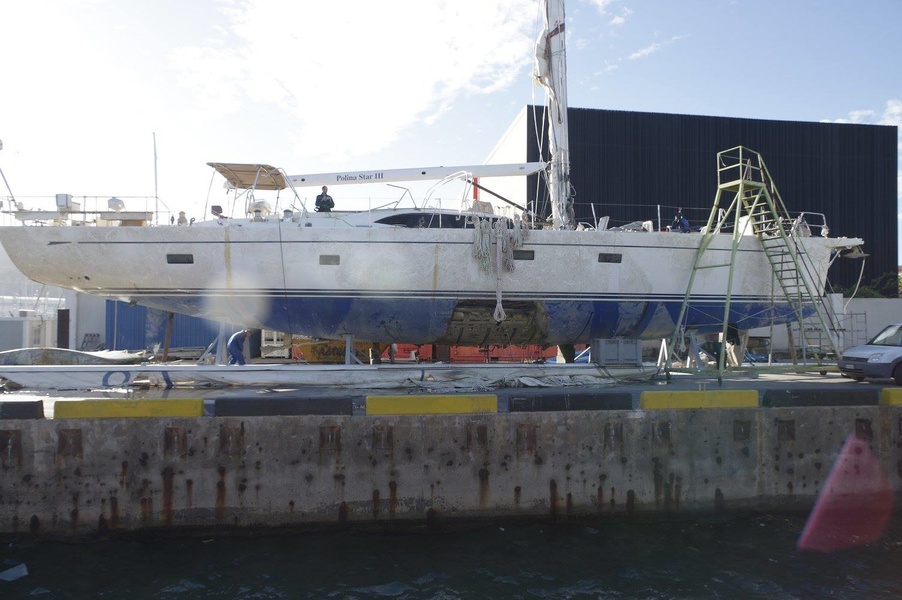
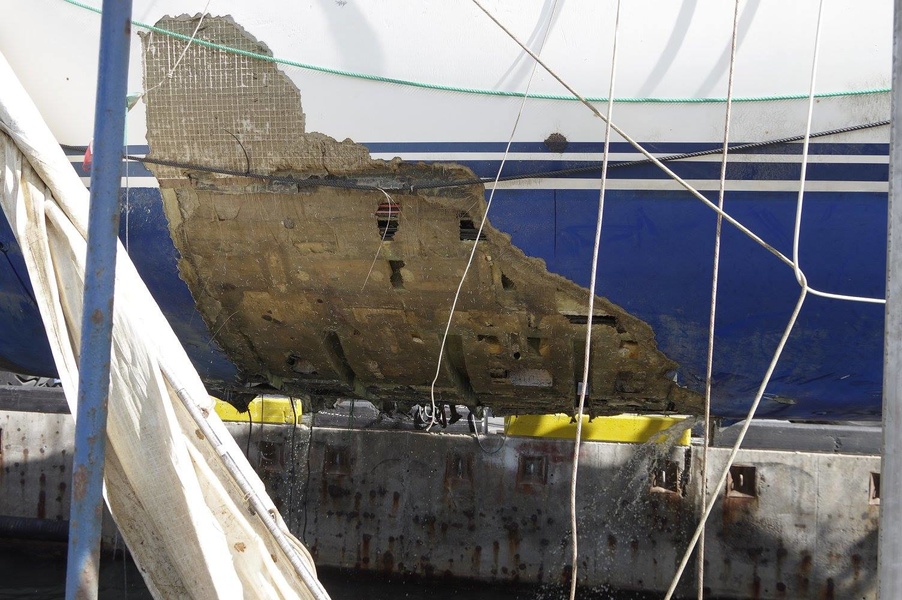
Some accidents are the result of negligent operation and poor repair, or lack of repair per se after several landings. The history of Cheeki Rafiki here is most revealing.
The causes of other keel loss cases - such as the Comet 45 - remain a mystery. Although the Comet 45 has been lifted from the bottom, no investigation of the accident by the yard has been reported. Fortunately, the boat was British and used in the charter, so the British Maritime Bureau of Investigation took control of the case.
The number of cases of separation of the keel from the hull will increase if nothing is done, simply because boats where the keel is bolted to the hull - and today almost everything is built like that - will age and wear out. Most owners think that the keel does not need to be serviced until there are obvious signs of degradation, which means that it is no longer serviced, but repaired.
Even in countries where legislation requires that a yacht must be regularly maintained, the keel problem is not addressed. There are no clear industry guidelines for servicing this part of the yacht and for identifying fatigue material for the keel structures. If the keel looks good and has no external signs of corrosion or any visible problems, it is assumed that the keel is fine.

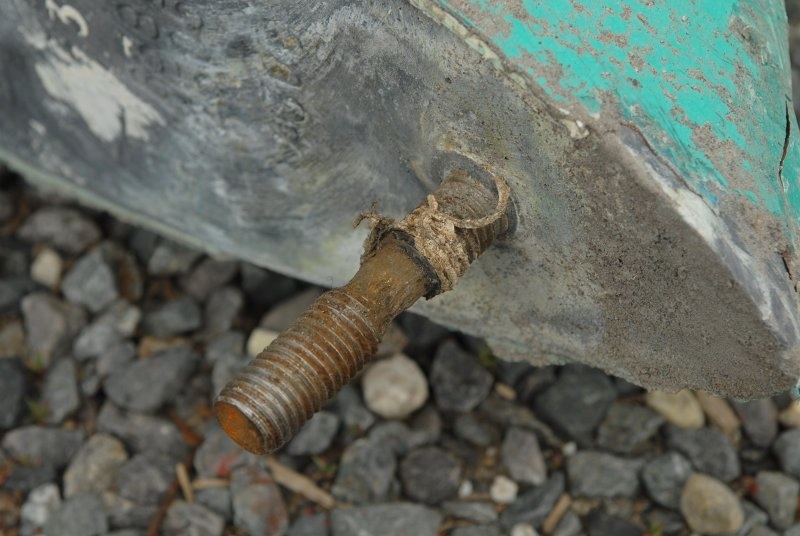
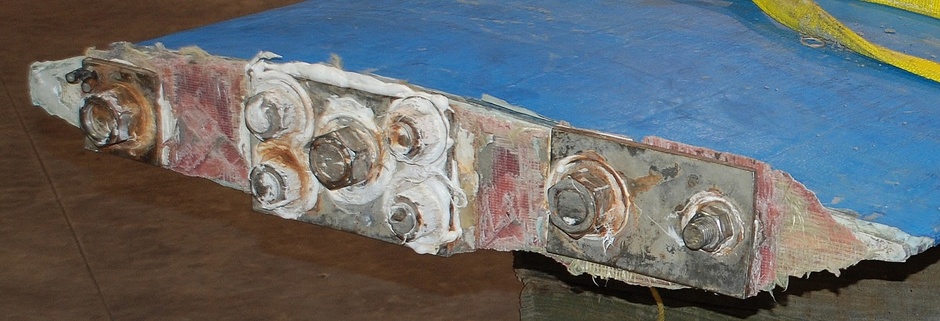
Clearly, this is a completely inefficient method. And here we get to the bottom of the problem. Although EU legislation provides guarantees for the design of recreational and personal watercraft, it does not specify checks and investigations of accidents.
Generally, there is a directive for incidents in water and the agency is the European Maritime Safety Agency (EMSA), but its regulations only apply to maritime transport and do not cover pleasure boats and private vessels. Most countries do not investigate incidents involving private yachts in any way. And since no investigations are carried out, it is almost impossible to collect relevant information that would allow conclusions to be drawn about system errors in repair, construction and design.
In light of the lack of necessary regulation of the keel problem in Europe and the rest of the world, the International Sailing Federation World Sailing took the initiative to establish a mandatory inspection of the condition of the keel and to increase the number of inspections during the construction process to ensure that the specifications are in fact met, not just on paper.
But World Sailing jurisdiction only applies to racing yachts that participate in sailing regattas - it does not cover the huge number of cruise yachts used for leisure and travel. World Sailing has set a good precedent and it is now up to governments to ensure that these practices are extended to all sailing yachts entering the open sea.

